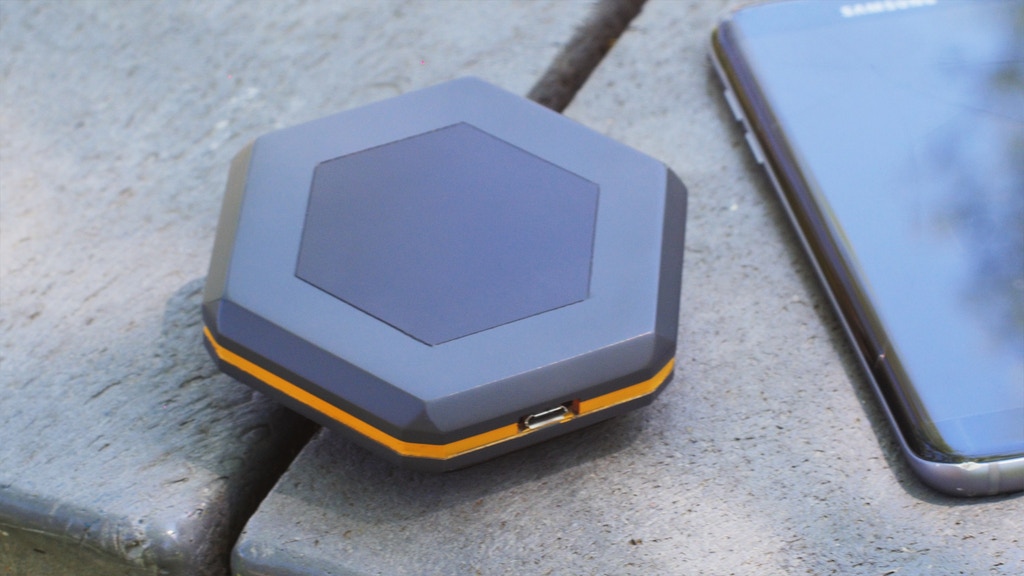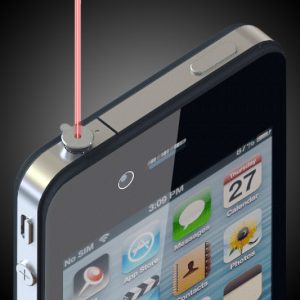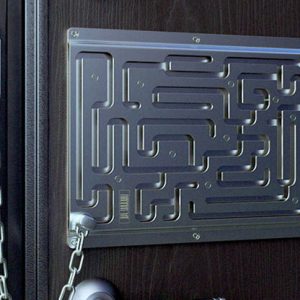Description
I was going to write you a sonnet about the forthcoming Sonnet, a hexagon of wireless communication that let’s you send smartphone messages, images, and GPS locations to other Sonnet owners even when there’s no cellular, satellite, or internet coverage. But then I read that a sonnet is fourteen lines long. What the Will Shakes? I though it was, like, 14 syllables.
Oh.
That’s a haiku. And it’s actually 17 syllables. Well. How about a haiku for the Sonnet?
Summer festival
Lines, crowds, no signal, no hope
Text my bros, Sonnet
And another:
Lost in the backwoods
Sonnet, send my location
Stay away please, bears
OK, I’m tired of counting syllables on my fingers. Back to professional journalistic prose. Like the goTenna, Sonnet uses low-power, long-range radio frequencies to facilitate data transfer between its paired devices. It’s kind of like hooking your smartphone up to a walkie-talkie with a 3-mile range of operation.
Yes, 3 miles is the average point-to-point range between two Sonnets. Designers say you can extend the range if you have a line of sight with your recipient – say, if you’re, for whatever reason, waving at each other from the top of 2 different mountains – but don’t expect Sonnet to be able to tell your relatives in Connecticut you’re OK if a tornado in Kansas temporarily cuts off your cell and internet service. At least not necessarily.
Sonnet does use mesh networking protocol to increase its effective range for non point-to-point users. That is, if you try to send a photo to your buddy 7 miles away, Sonnet will try to bounce your data off other Sonnet users in the area to get it to him. If there are enough users to complete the relay, he’ll get it. Sonnet promises this type of communication employs industry-standard encryption technologies to keep ping-ponging communications private.
Given that Sonnet is still only at the crowdfunding stage of production, it’s unlikely a massive network of users will be around for a while. But if you back the project on Kickstarter, you’ll be able to buy a pair (or a pack) of Sonnet units to use over the communicators’ standard range. This still might appeal to friends and groups who hike / camp off-grid, travel abroad together, work together in the field, and hit up crowded shows and festivals.
Click here to pledge for a Sonnet through August 1, 2017.











